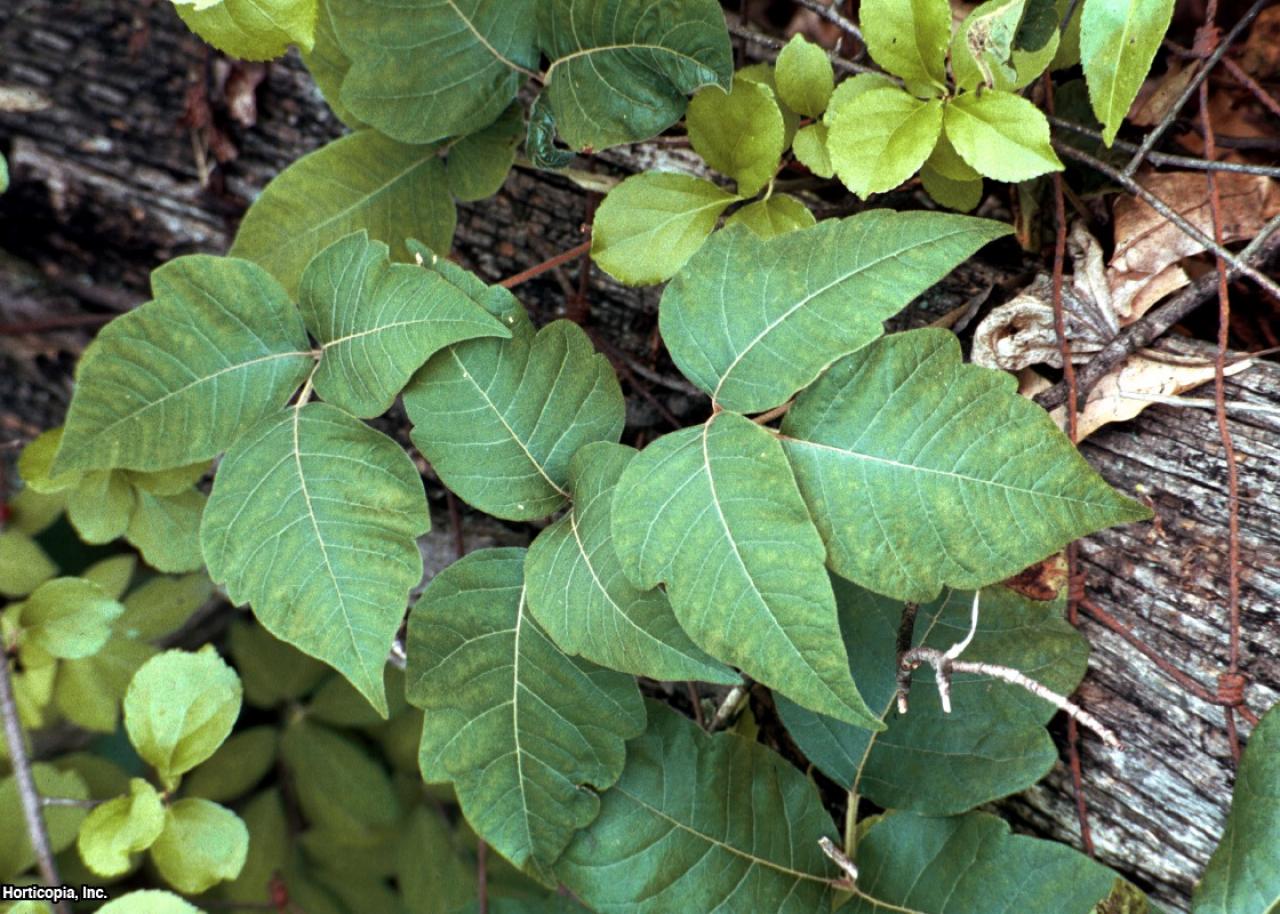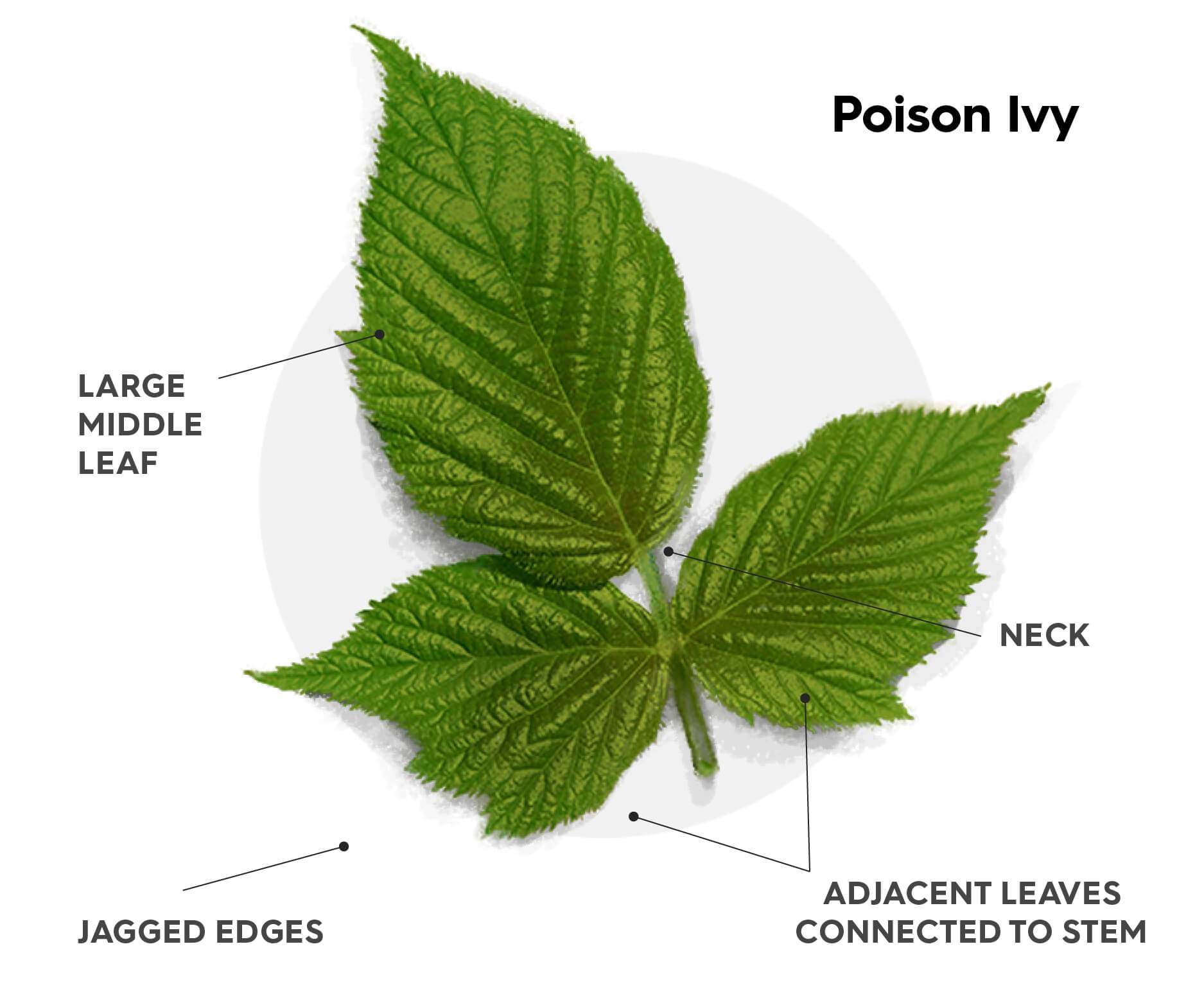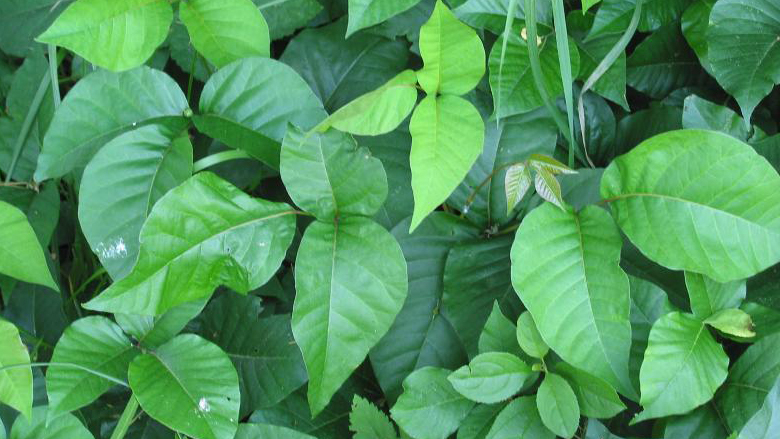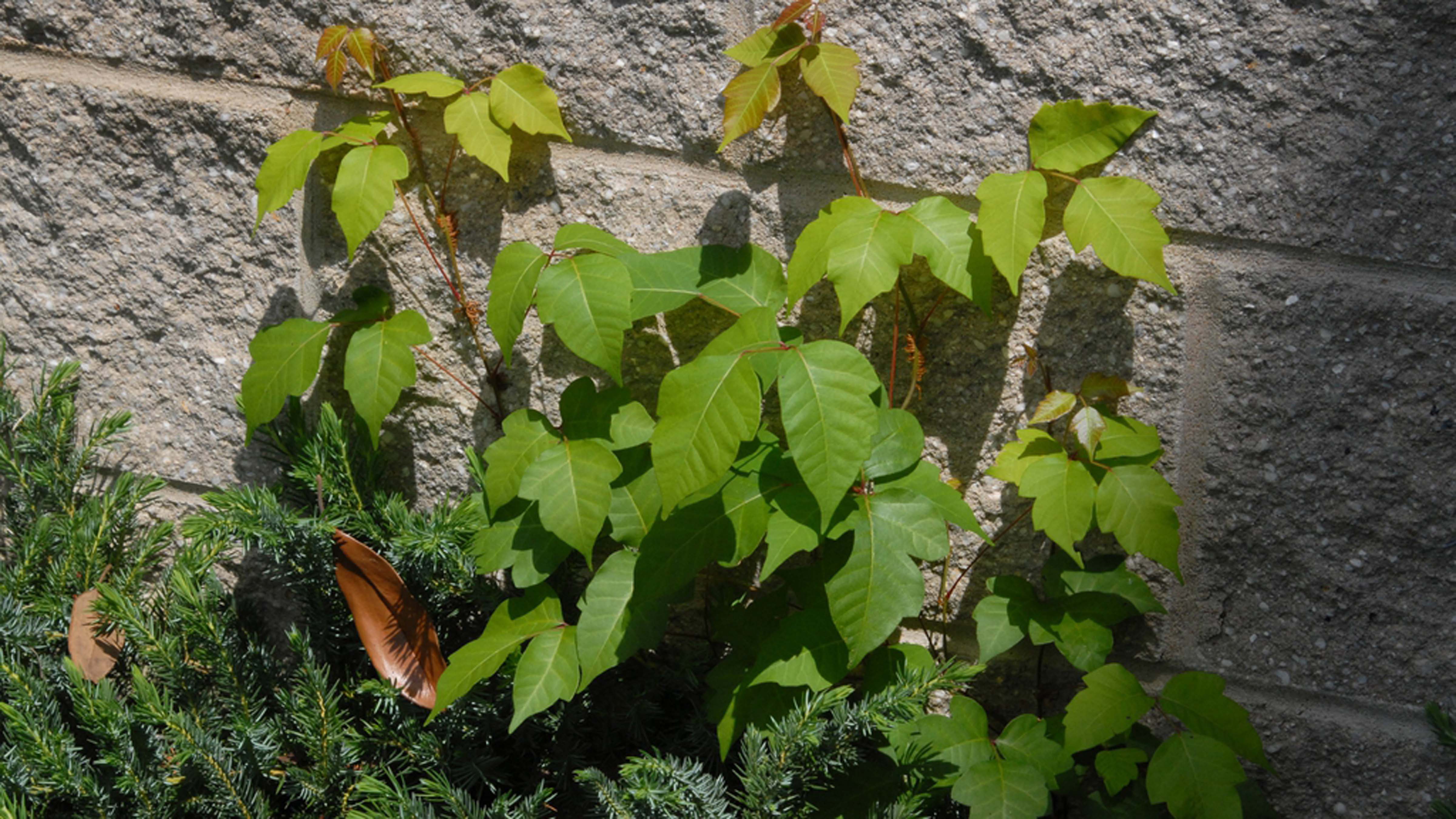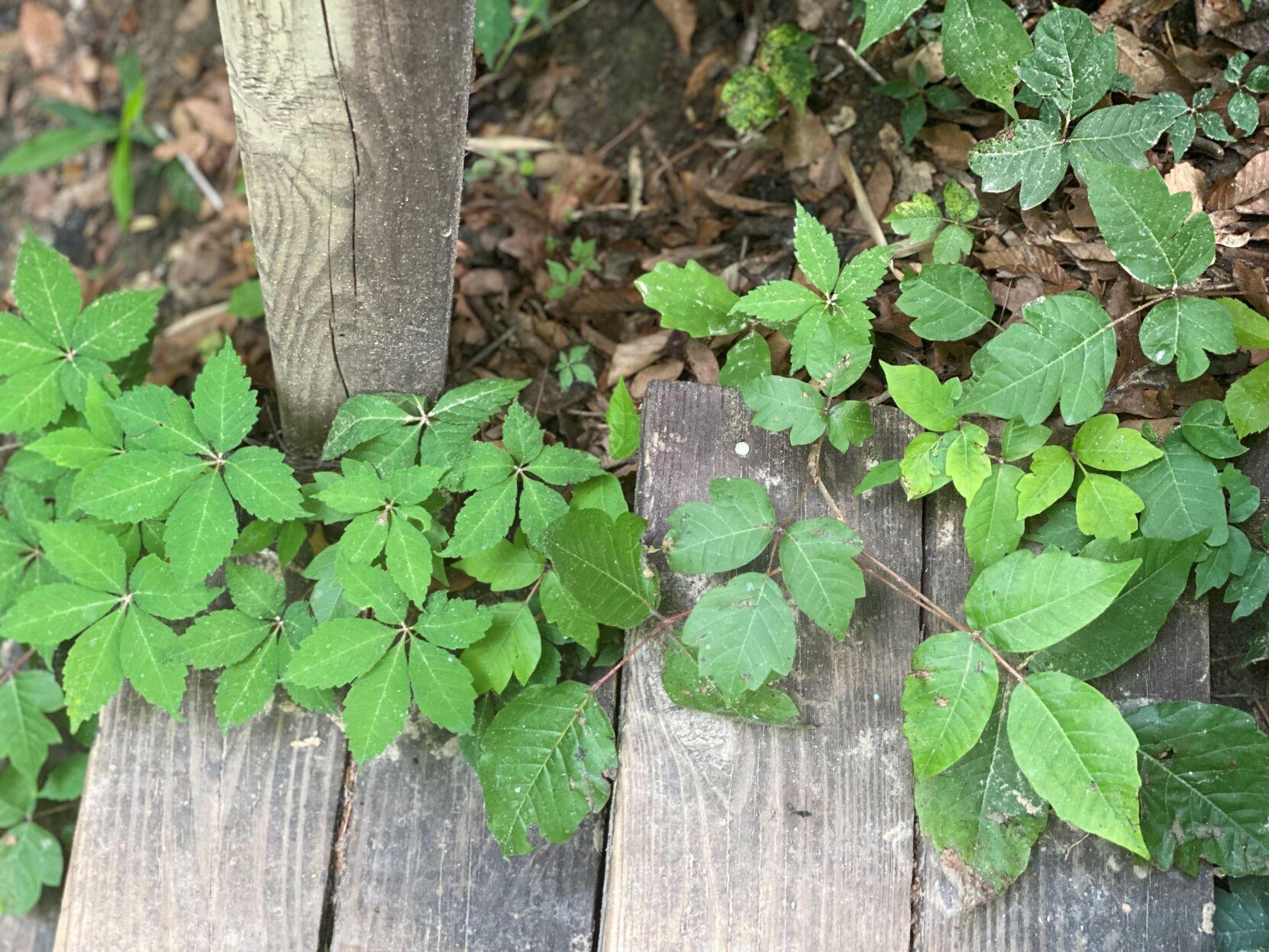Out Of This World Info About How To Detect Poison Ivy

In each set of leaflets, the middle leaflet has a longer stem than the two side leaflets.
How to detect poison ivy. Below are a few characteristics to help you identify poison ivy: You generally won't need to see your doctor to be diagnosed with a poison ivy rash. Poison ivy, oak and sumac are three plants that carry the same poison — urushiol , a colorless, odorless oil that causes an itchy, irritating rash.
Leaflets are variable in shape but are typically oval with pointed tips. The leaves turn yellow, orange and red in the fall. Redness, itching and swelling can be signs of poison ivy rash.
Each leaf is composed of three leaflets. How do you know if you have poison ivy? 3 leavesleaves glossy at the top2.
How to identify poison ivy rash. Not super shiny like a holly plant, but they do have a slight sheen to. All three leaves should have pointed tips.
11, 2019, at 1:43 p.m. If you go to a clinic, your doctor will likely diagnose your rash by looking at it. Smooth or toothed edges, but not deeply lobed or serrated.
Recognizing the rash a rash from poison ivy usually starts to pop up the day after exposure. Keep your property poison ivy free. Wherever the oil from the plant touches,.
You’ll identify poison ivy leaves by their slightly darker color and their smooth, slightly glossy texture. The middle leaflet has a short stalk and is larger than the two other leaflets. Hence, the classic cautionary line “leaves of three, let it be.”.
The margins (edges) of leaflets can be smooth,. Poison ivy is a commonly found plant that is known for causing dermatitis when it is touche. Damaged parts of the plant usually have black spots or black sap.
This video will show you how to identify poison ivy, including a little known trait to look for.once found, i will show. While they differ in appearance, all. Let it be is the best known and most useful cautionary rhyme.
![How To Identify Poison Ivy [Illustrated Guide] – Greenbelly Meals](https://cdn.shopify.com/s/files/1/0384/0233/files/poison-ivy-labeled.jpg)
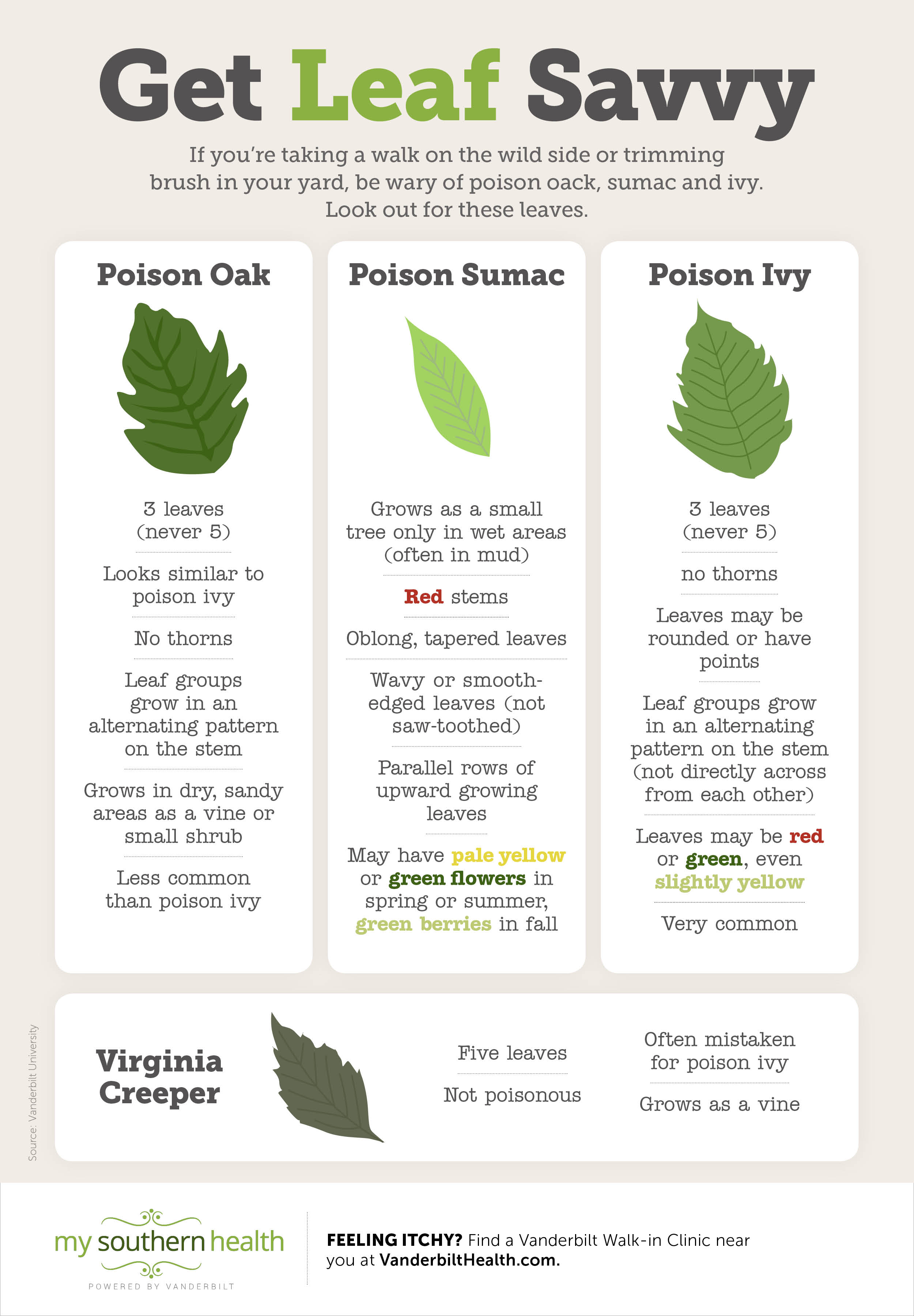
![How To Identify Poison Ivy [Illustrated Guide] – Greenbelly Meals](https://cdn.shopify.com/s/files/1/0384/0233/files/poison-ivy-look-alikes.jpg?v=1622642829)
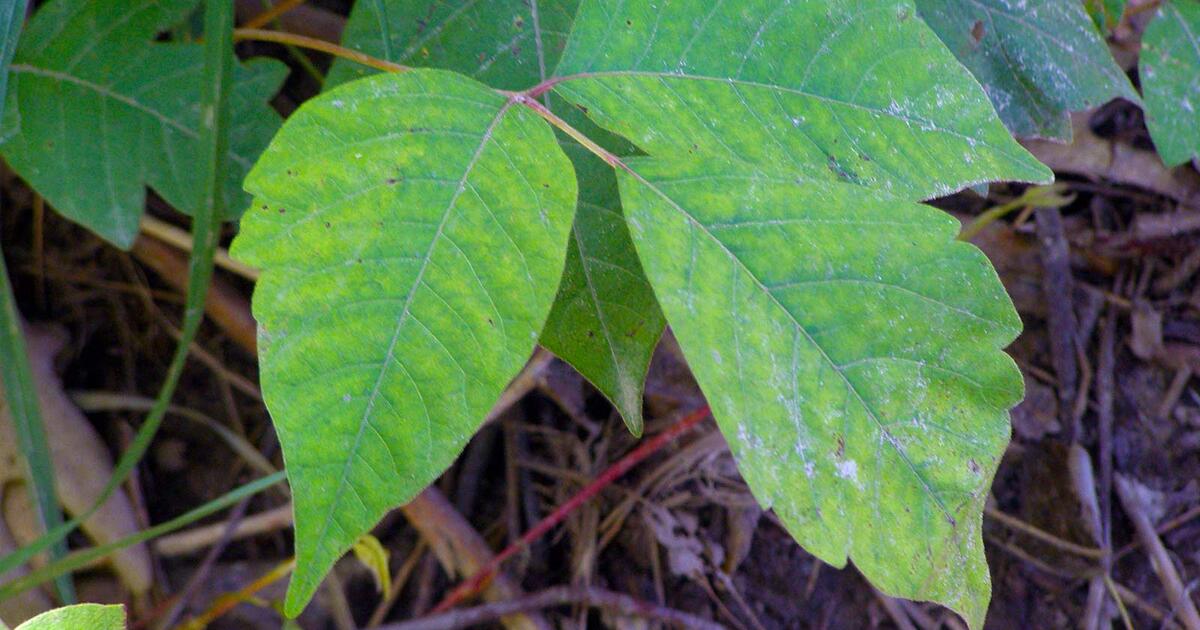

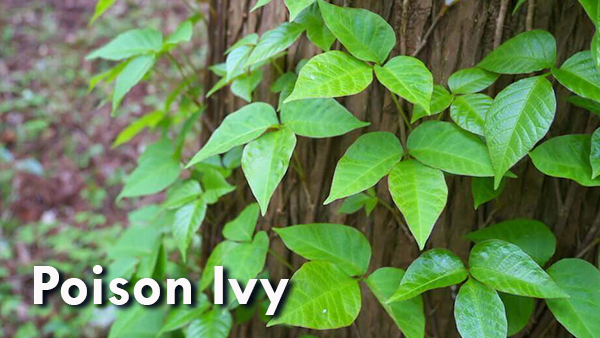
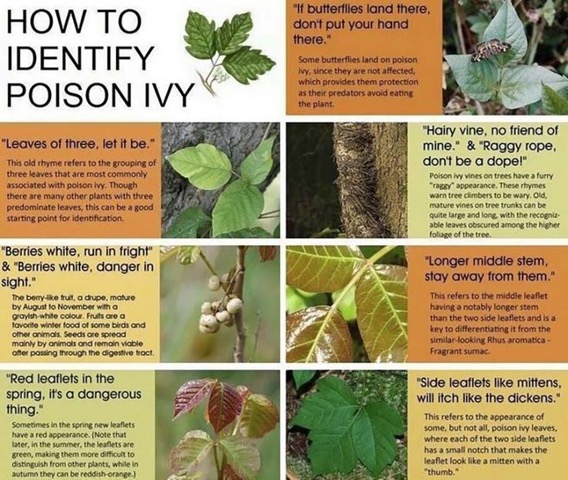
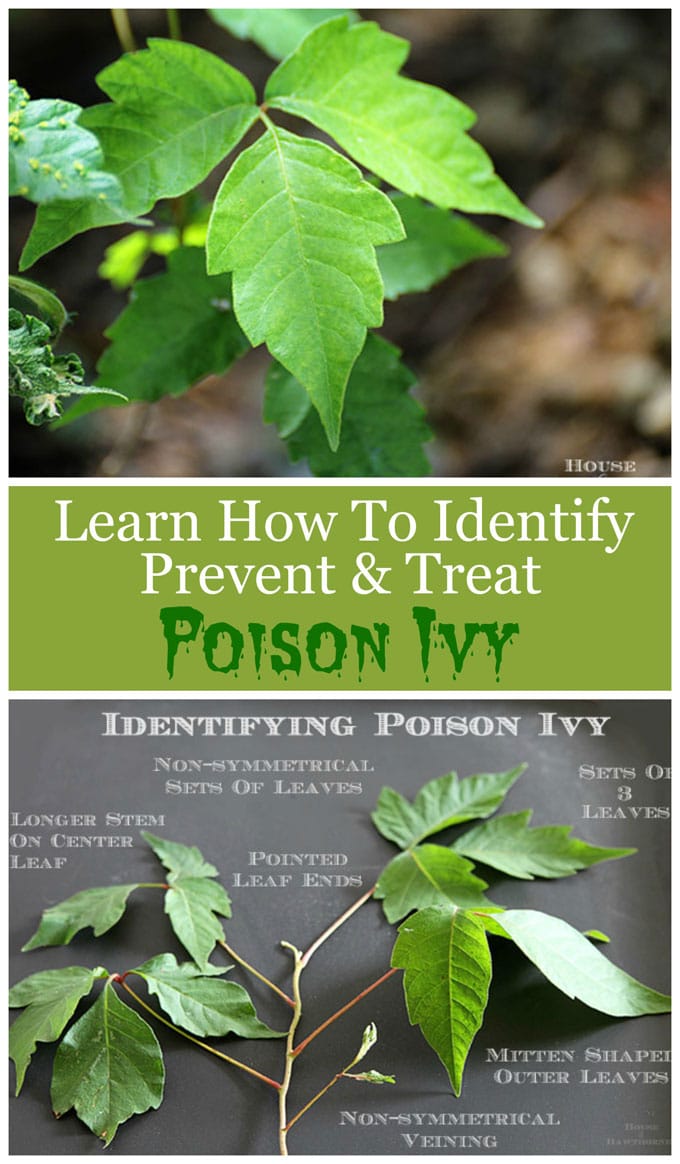
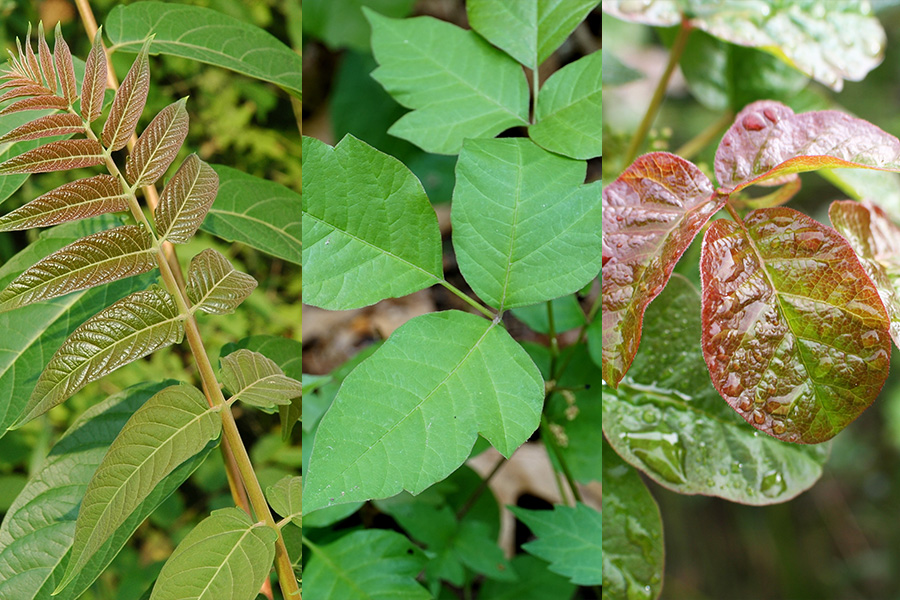
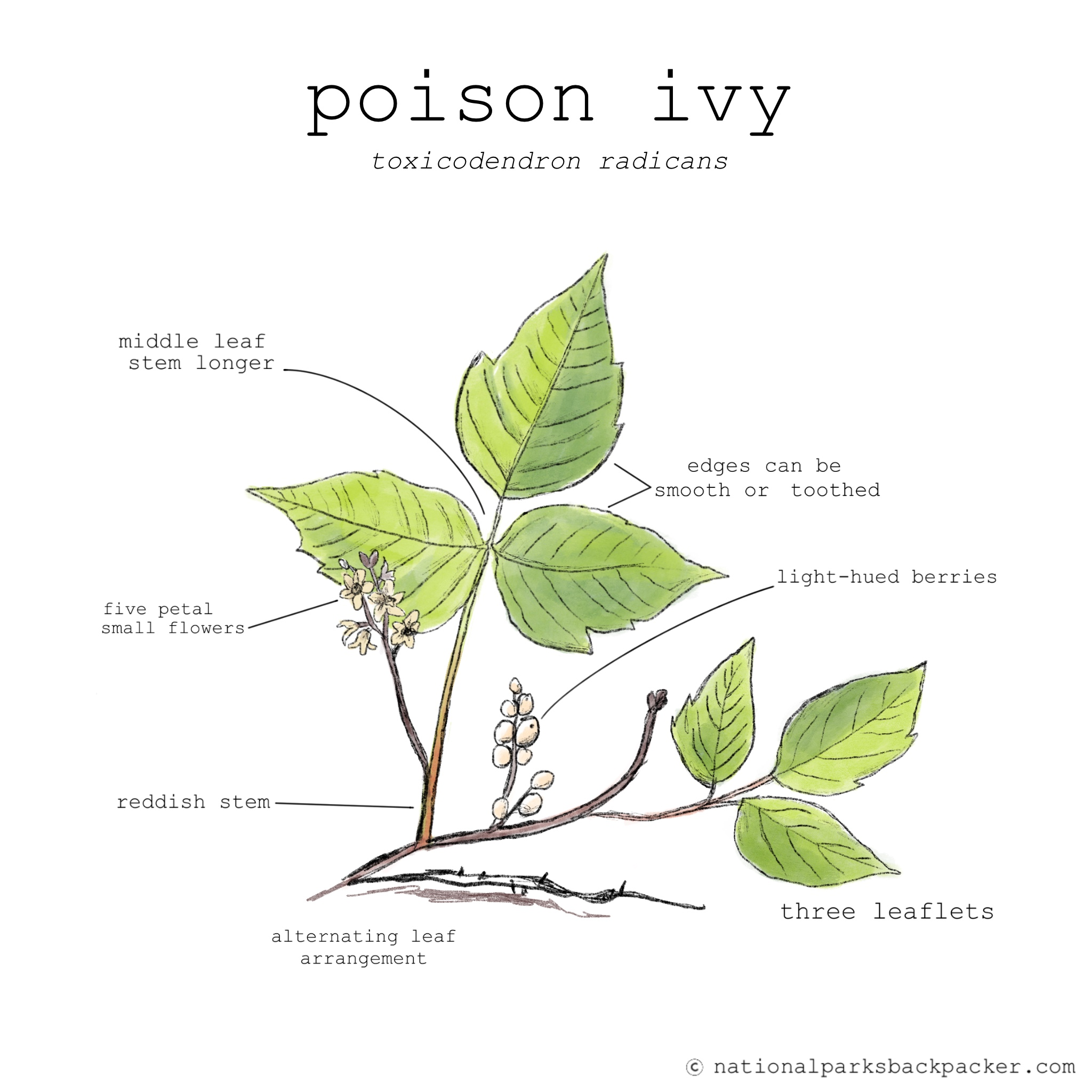
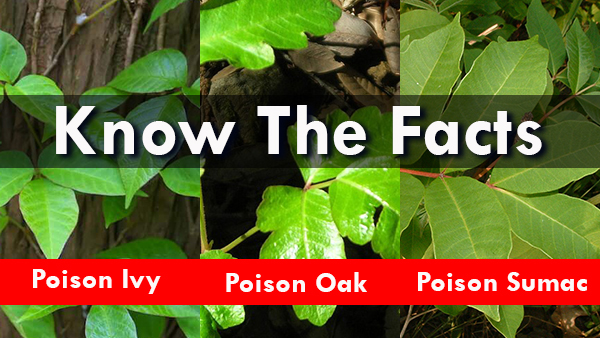

/young-leaves-poison-ivy-big-56a5890f3df78cf77288b3b7.jpg)
